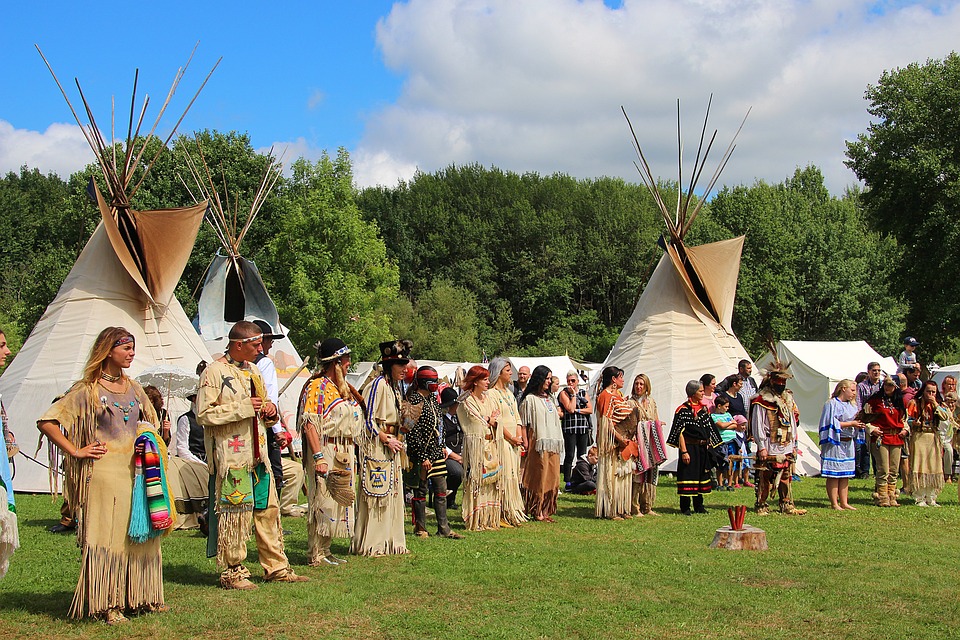Table of Contents
Introduction
When it comes to camping, some of us seek a true wilderness experience, away from crowded campgrounds and bustling tourist areas. If you’re an adventurer looking to disconnect from the modern world and reconnect with nature, we’ve got just the list for you. Here are eight remote camping destinations that will transport you to untouched landscapes and provide a truly off-grid experience.
1. Wrangell-St. Elias National Park, Alaska
Tucked away in the heart of Alaska, Wrangell-St. Elias National Park offers some of the most remote and awe-inspiring camping opportunities in the United States. With over 13 million acres of untouched wilderness, you’ll have the chance to witness breathtaking glaciers, towering mountains, and abundant wildlife. Be prepared for rugged terrain and unpredictable weather, but the rewards of exploring this untamed landscape are truly worth it.
2. Svalbard, Norway
If you’re looking for a truly unique camping experience, head to Svalbard in Norway. Located in the Arctic Ocean, this remote archipelago offers a stark and pristine wilderness unlike any other. From camping under the Northern Lights to encountering polar bears, Svalbard is an adventurer’s dream. Keep in mind that travel restrictions and necessary permits may apply, so plan your trip accordingly.
3. Patagonia, Chile
For those seeking a remote camping adventure in South America, look no further than the vast and untamed landscapes of Patagonia, Chile. With its jagged peaks, crystal-clear lakes, and sprawling glaciers, this region is a haven for outdoor enthusiasts. The Torres del Paine National Park is a particularly popular camping spot, offering breathtaking views and challenging hikes.
4. The Kimberley, Australia
Australia’s Kimberley region is a true wilderness frontier. With its rugged gorges, ancient rock formations, and pristine coastline, this remote area is perfect for those seeking solitude and adventure. Explore the Mitchell Plateau, discover hidden waterfalls, and camp under the star-filled skies for an unforgettable experience.
5. Torres del Rio, Spain
Torres del Rio, located in the Navarre region of Spain, offers a unique camping experience within the country’s lush countryside. Escape the crowds and immerse yourself in the tranquil beauty of this off-the-beaten-path destination. With its medieval architecture, scenic vineyards, and rolling hills, Torres del Rio is a hidden gem for camping enthusiasts.
6. The Danakil Depression, Ethiopia
The Danakil Depression, located in Ethiopia, is one of the most extreme and remote environments on Earth. With its otherworldly landscapes, active volcanoes, and colorful mineral deposits, this region offers a camping experience like no other. However, due to its challenging conditions and limited infrastructure, visiting the Danakil Depression requires careful planning and the company of experienced guides.
7. Apalachicola National Forest, Florida
While Florida may not be the first place that comes to mind when thinking of remote camping, the Apalachicola National Forest offers a surprising escape from the crowds. This vast forest spans over 570,000 acres, providing ample opportunities for backcountry camping, hiking, and wildlife spotting. Explore the hidden springs, admire the ancient longleaf pines, and enjoy the serenity of this hidden gem.
8. Kluane National Park, Canada
For a true wilderness experience in Canada, venture to Kluane National Park in the Yukon Territory. This remote park is home to Canada’s highest peak, Mount Logan, and offers breathtaking vistas, glacial-fed rivers, and abundant wildlife. With its vast expanse of untouched wilderness, Kluane National Park is a dream come true for avid campers and nature lovers.
FAQs
Q: Are these remote camping destinations suitable for beginners?
A: While some of these destinations may pose challenges and require experience in outdoor survival skills, there are options available for beginners. It is crucial to research and plan accordingly, ensuring you have the necessary equipment and knowledge before embarking on a remote camping adventure.
Q: What precautions should I take when camping in remote areas?
A: When camping in remote areas, it is essential to be prepared and take necessary precautions. This includes informing someone about your plans, carrying essential supplies such as food, water, and first aid kits, understanding the local wildlife and potential dangers, and respecting the environment by practicing Leave No Trace principles.
Q: How can I reach these remote camping destinations?
A: The accessibility of these remote camping destinations varies. Some may require hiking or backpacking, while others may have limited road access. It is advised to research transportation options and consider the necessary permits or permissions required for each specific destination.
Q: What time of year is best for camping in these remote destinations?
A: The ideal time for camping in these remote destinations depends on various factors, such as weather conditions and specific activities you wish to experience. Research the destination-specific seasons and weather patterns to make an informed decision and plan your visit accordingly.
Q: Can I camp in these remote areas with a group?
A: Camping with a group is often encouraged, as it provides safety and support. However, it is important to consider the specific regulations and limitations of each destination, as some may have restrictions on group size or require permits for larger groups.




